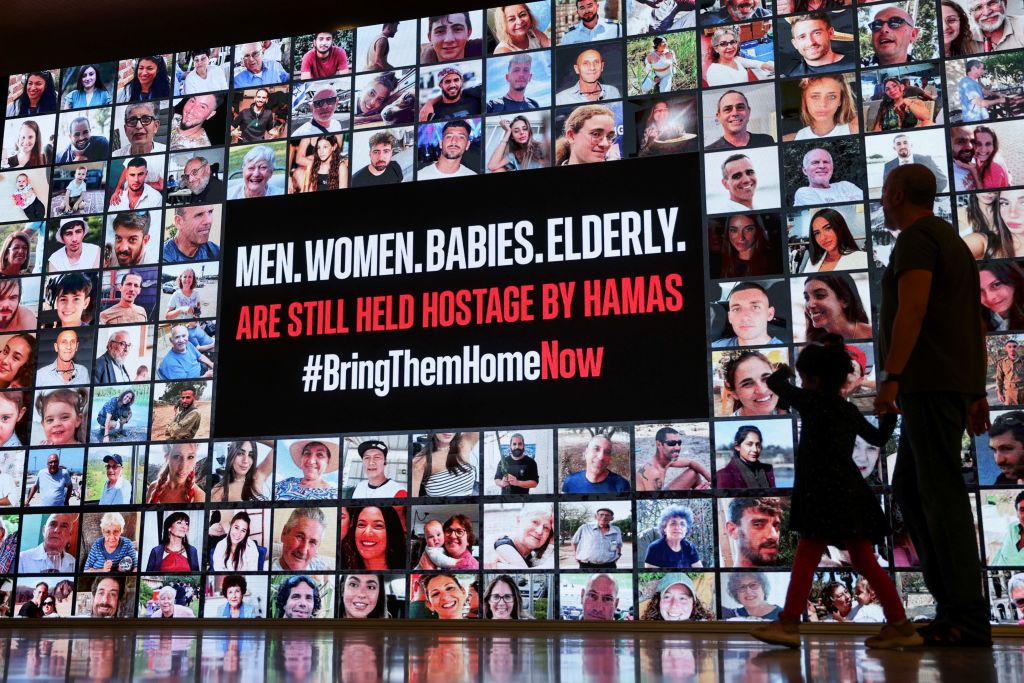The U.S. Army Has A Restricted Archive Of Hitler Paintings

Image by wikimedia commons
Fort Belvoir, about 20 miles south of the Pentagon in northern Virginia, is the home of some of the U.S. Army’s most important units, like the Missile Defense Agency and the Intelligence and Security Command. It’s also the home of hundreds of Nazi artworks taken from Germany after World War II — including four paintings by Adolf Hitler himself.
A new article in Washingtonian magazine shares the history of the archive at Fort Belvoir’s Center of Military History. The archive was largely assembled by Gordon Gilkey, an art historian who was commissioned by President Franklin D. Roosevelt to oversee the removal of militaristic and Nazi artwork from soon-to-be-defeated Germany. More than 8,700 pieces were confiscated in total.
Around 1,600 pieces were returned to West Germany in 1950, with most of the rest was sent back as a result of a 1981 law. But the Army kept most pieces showing swastikas or Nazi leaders.
Access to the Nazi art archive is restricted, and some civilian researchers are turned away. “There’s a very narrow line that we have to walk, because we certainly don’t want it to be a rallying point for Nazism,” Sarah Forgey, curator of the Army’s German art collection, told Washingtonian.
Forgey has analyzed Hitler’s paintings. “In terms of his draftsmanship, he’s proficient,” Forgey said. “You know, if I took an art class, I’d be happy with the results if I painted that.”
But she still think’s Hitler’s art is “creepy,” with humans painted as tiny figures next to looming architecture, and nature that doesn’t show any “sparkle of life.”
“The more I look at this, the less life I see,” she concluded.
Contact Aiden Pink at [email protected] or on Twitter, @aidenpink

I hope you appreciated this article. Before you go, I’d like to ask you to please support the Forward’s award-winning journalism this Passover.
In this age of misinformation, our work is needed like never before. We report on the news that matters most to American Jews, driven by truth, not ideology.
At a time when newsrooms are closing or cutting back, the Forward has removed its paywall. That means for the first time in our 126-year history, Forward journalism is free to everyone, everywhere. With an ongoing war, rising antisemitism, and a flood of disinformation that may affect the upcoming election, we believe that free and open access to Jewish journalism is imperative.
Readers like you make it all possible. Right now, we’re in the middle of our Passover Pledge Drive and we still need 300 people to step up and make a gift to sustain our trustworthy, independent journalism.
Make a gift of any size and become a Forward member today. You’ll support our mission to tell the American Jewish story fully and fairly.
— Rachel Fishman Feddersen, Publisher and CEO
Join our mission to tell the Jewish story fully and fairly.
Only 300 more gifts needed by April 30






















